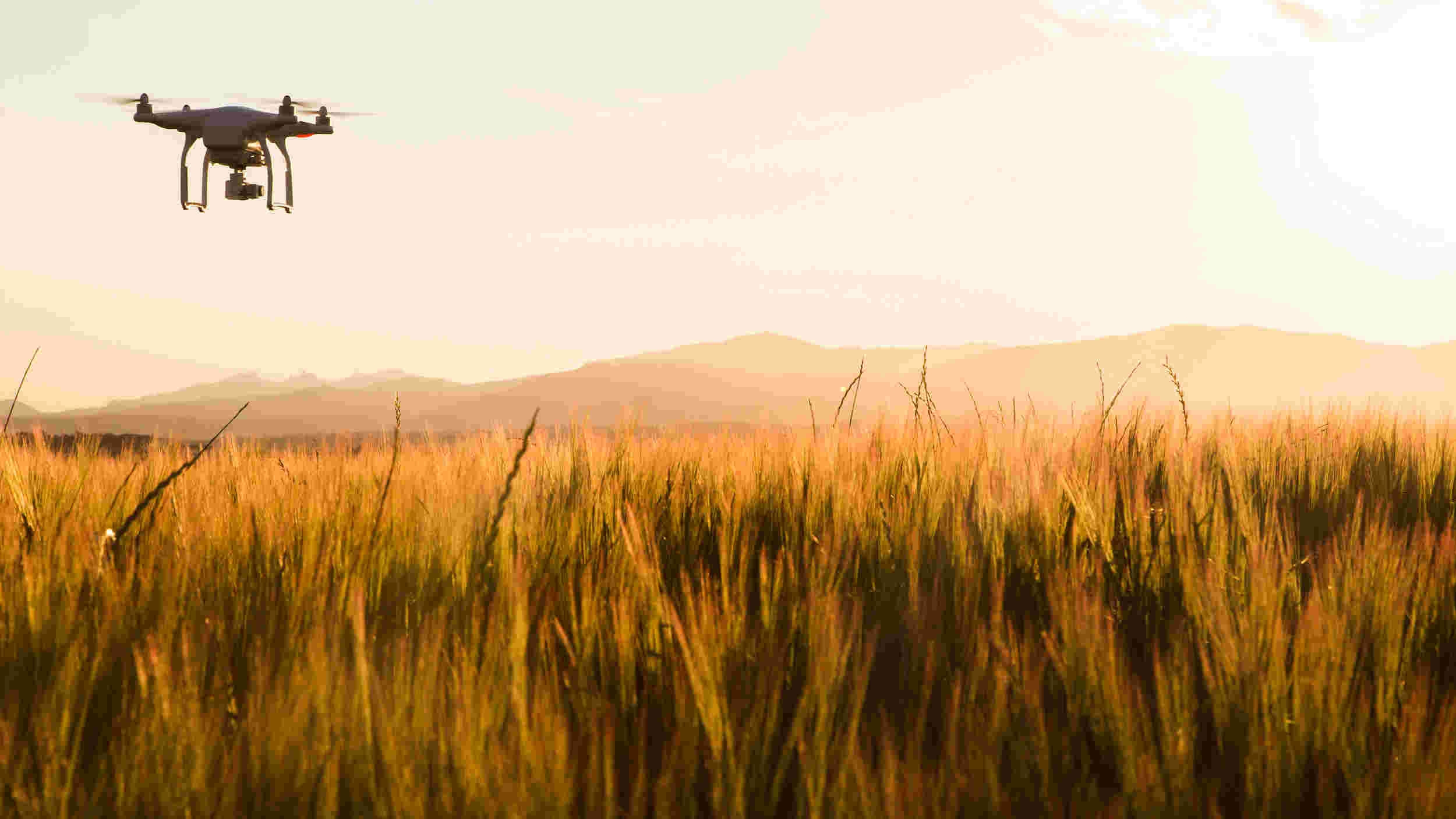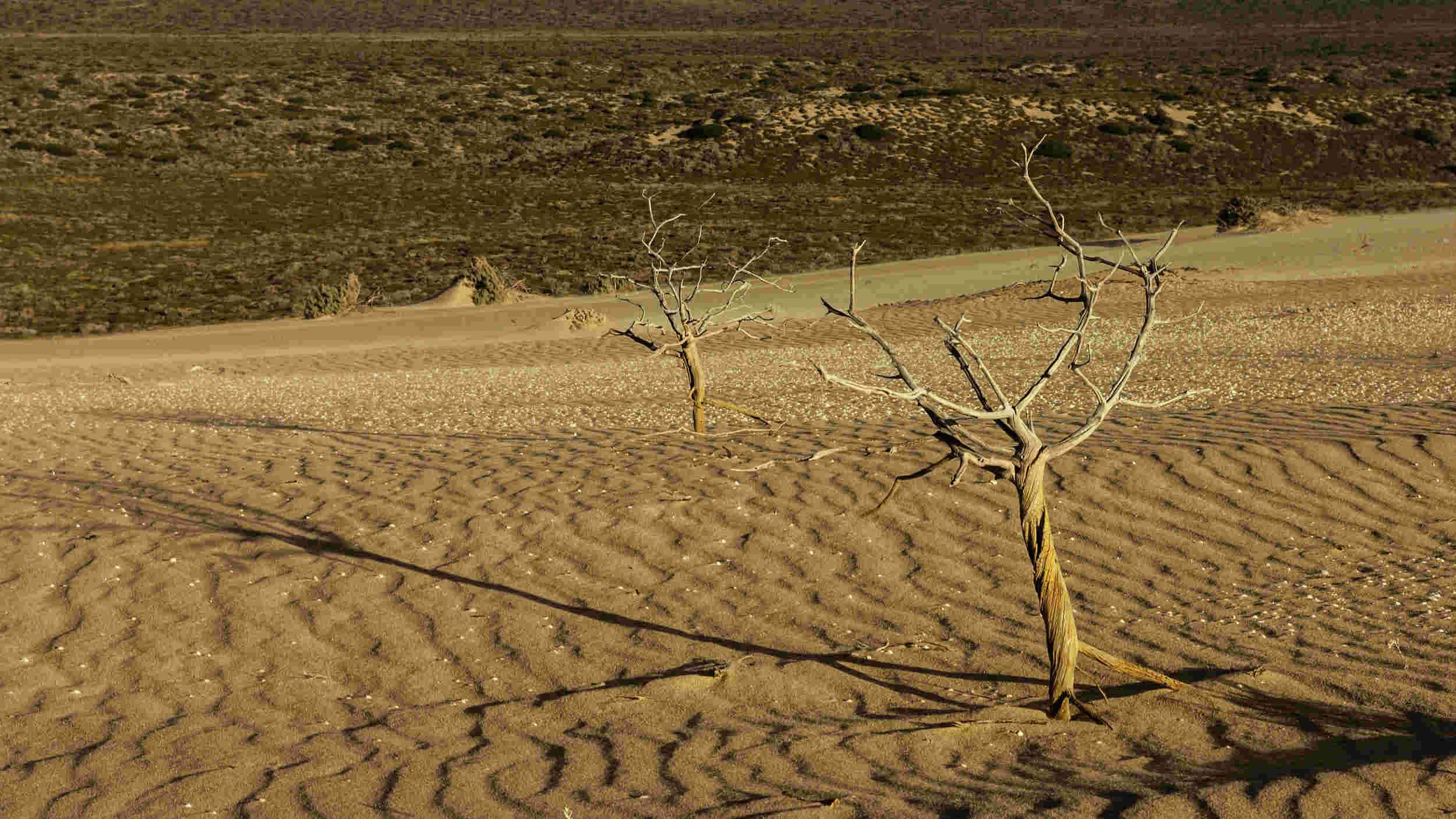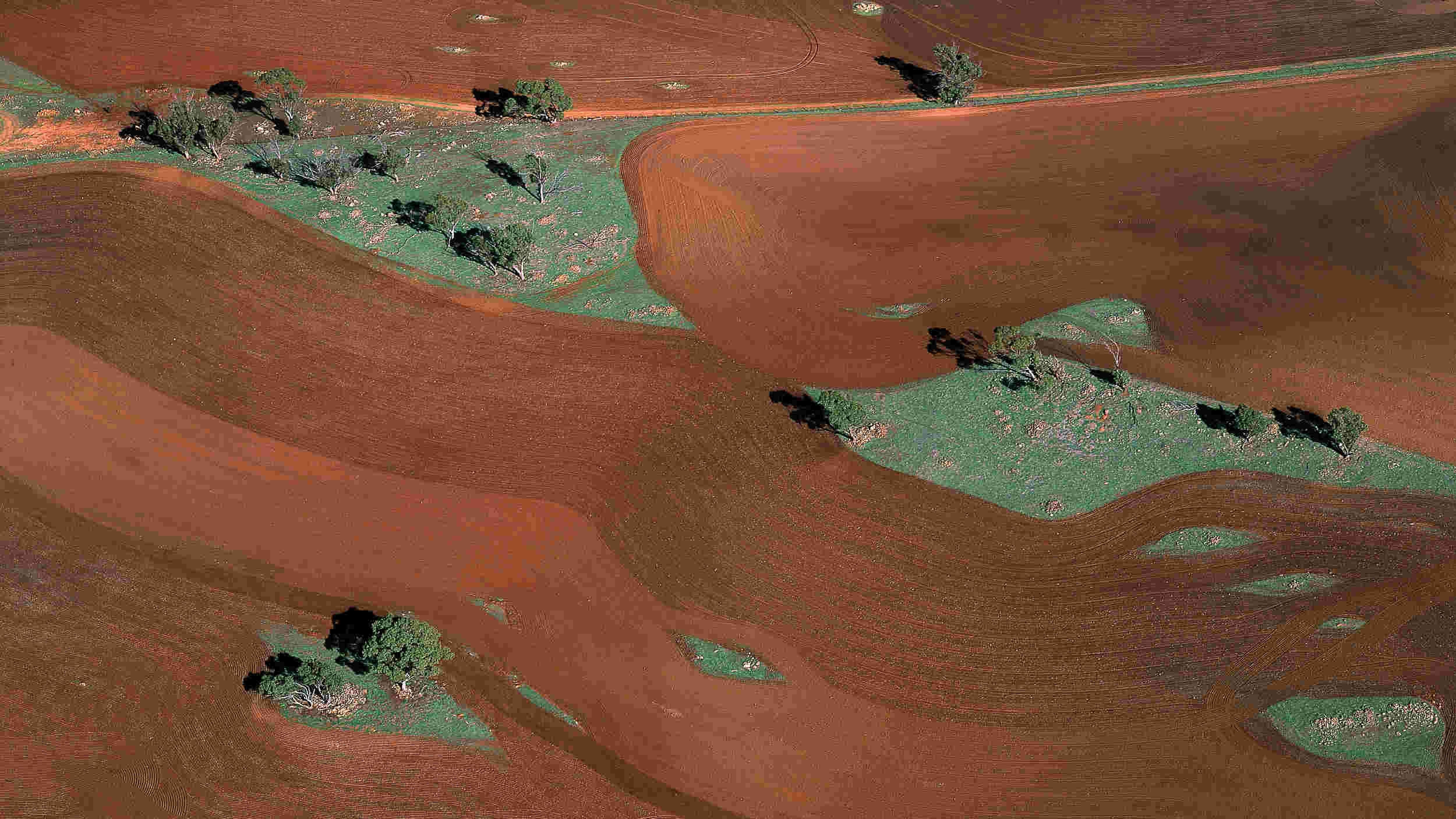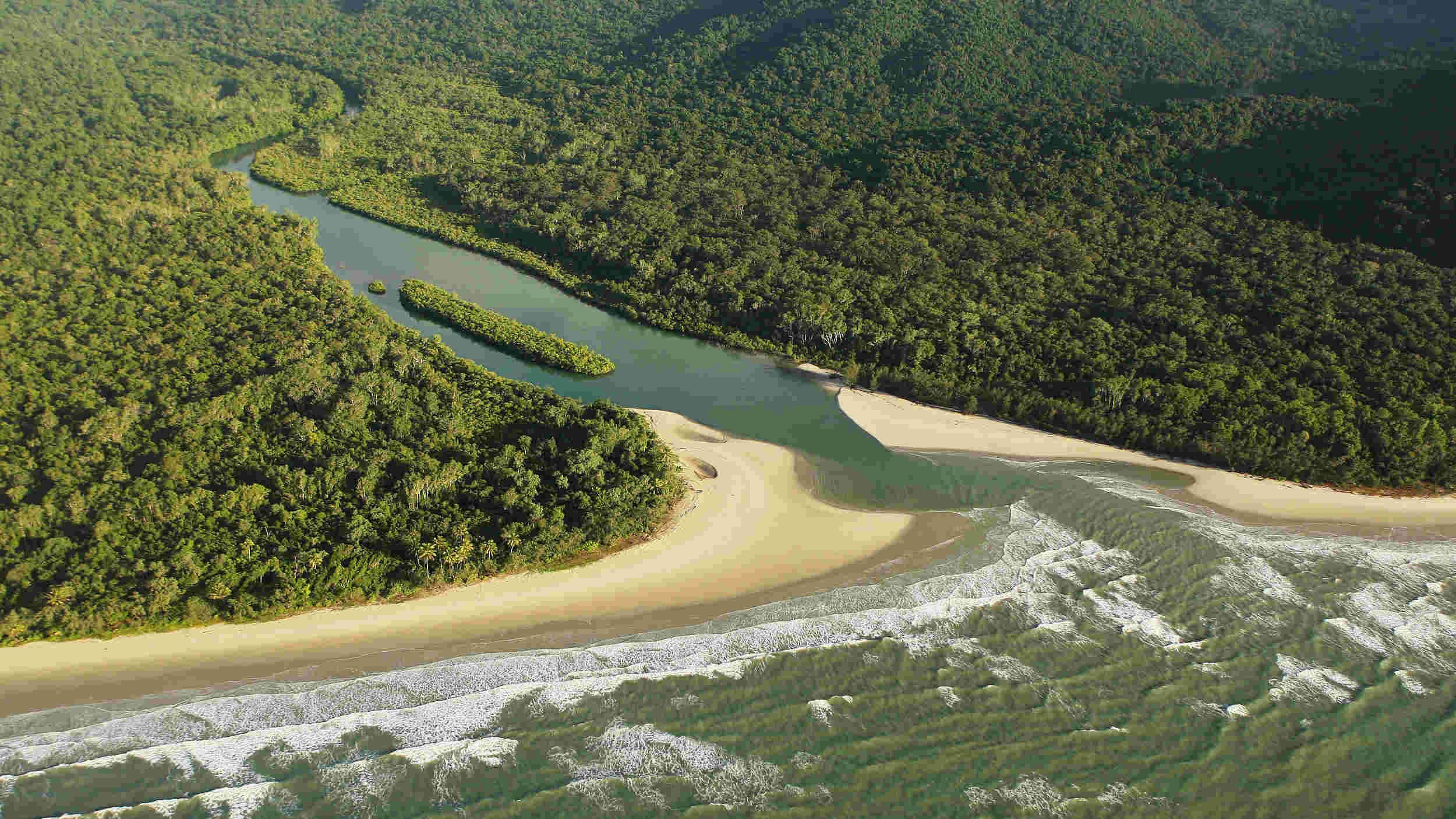Seed-launching drone for tree planting could combat deforestation

Australian engineers have developed a drone capable of scanning land for ideal places to plant trees, before launching seeds into the soil, in what could be a major advance in tackling deforestation.
Deforestation accounts for 17 percent of the world's carbon emissions according to UN data, more than the transportation industry. Over 15 billion trees are lost in the world every year as civilization continues to expand.

Sand dunes in West Australia /VCG Photo
Susan Graham, an Australian engineer, said the drone can plant trees in previously inaccessible places, such as on the side of steep hills.
"Although we plant about nine billion trees every year, that leaves a net loss of six billion trees," Graham told Australian media. "The rate of replanting is just too slow."
BioCarbon Engineering, the team she is working with, consists of researchers from around the world, who have developed the drone that plants at "10 times the rate of hand planting and at 20 percent of the cost".

Agricultural land in West Australia /VCG Photo
Lauren Fletcher, BioCarbon Chief Executive Officer (CEO) and former National Aeronautics and Space Administration (NASA) engineer, said the current design of the drone could carry 150 germinated seeds at a time.
"We're firing at one a second, which means a pair of operators will be able to plant nearly 100,000 trees per day, 60 teams like this will get us to a billion trees a year," Fletcher said.
The drone has been tested at abandoned mine sites in New South Wales that are in need of re-vegetation.

The Daintree Rainforest in Australia /VCG Photo
A second drone has been developed for this purpose with the ability to spread seeds over a wider area.
"Coal mines have an enormous amount of land that they need to restore, both on the active mine site, once they've recreated a land form, as well as their offset areas...around the mines," Graham said.
(Source: Xinhua)
